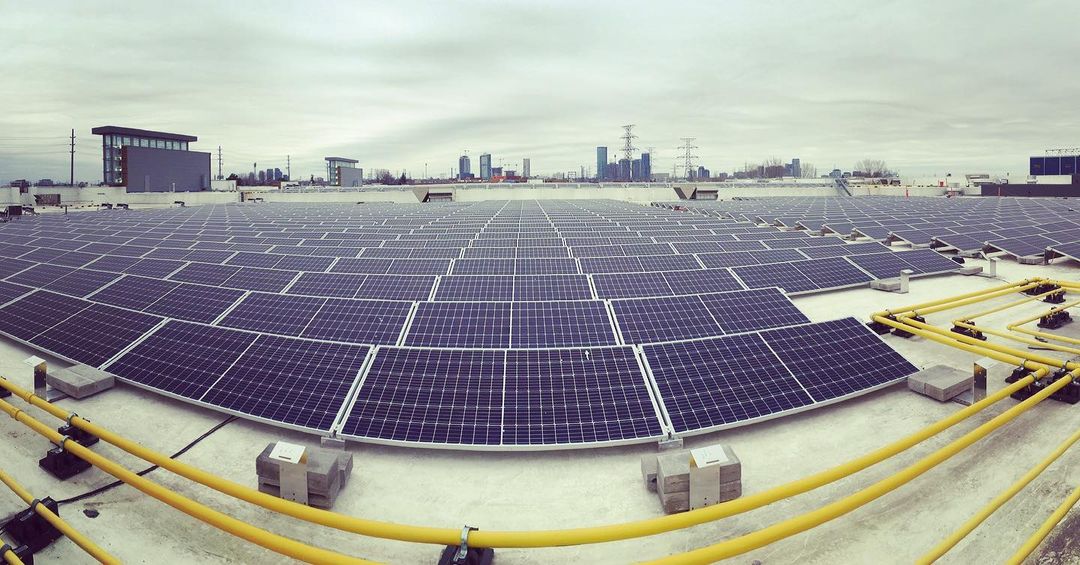Canada has made clear its commitment to decarbonization. Last month, the Canadian government set a $9.1 billion 2030 Emissions Reduction Plan to assist the country in meeting its carbon reduction goals, with deep reductions in the oil-and-gas sector. This is in the wake of many new policies and an ambitious country-wide net zero emissions goal by 2050.
“Electrifying more activities will be needed for Canada to transition to net-zero emissions by 2050. To do that, Canada needs to both increase the supply of electricity and ensure that all electricity generation has net-zero emissions.” —2030 Emissions Reduction Plan
Electrification involves replacing technologies that use fossil fuels (coal, oil, and natural gas) with technologies that use electricity as a source of energy (solar, biogas, etc.). In the long term, the goal is to have most—or all—electricity generated by zero-carbon sources. It’s clear that electrification is an essential pillar of decarbonization.
So what’s the quickest route to electrification?
There’s a wealth of unused rooftop space—especially in dense areas with high energy usage—that could be utilized to generate clean, renewable energy with solar photovoltaic (PV) panels. Moreover, it’s clear that all levels of government support solar development—Ontario’s recent decision to make third-party solar more accessible is only one of many indicators.
This blog will explore how Rooftop Solar can address many of the problems driving decarbonization and electrification, along with some of the barriers that have slowed down solar adoption—despite the numerous advantages.
Why Rooftop Solar for Electrification?
Rooftop Solar is a clear route to electrification for three key reasons:
- It’s affordable. Solar prices are falling, becoming one of the most affordable forms of energy. In forty-two of the fifty largest cities in the United States, a fully financed solar PV system costs less than the energy purchased from a residential customer’s local utility.
- It’s simple. You can build on the roof of your existing property with minimal impact on the structure of your building.
- It’s clean. Not all electric sources are zero emissions, but solar provides clean, renewable energy that will last over 30 years.
According to a 2021 study by Power Advisory LLC, Rooftop solar can save Ontario ratepayers $250M per year while helping to meet electricity demand. It’s essential to address the many challenges in our current energy system and
Electrification and Energy Resiliency
Electrification involves using electricity-based sources instead of fossil fuels like natural gas and gasoline. Some benefits of electrification are obvious; reducing carbon emissions, improving public health, and switching to renewable energy sources.
Not only is renewable energy key to meeting our emission goals, but energy sources like rooftop solar reduce our reliance on imported fuel sources to increase the resilience of our energy grid.
Energy systems that rely on oil rely on imports and are subject to oil price volatility; Energy systems that depend on renewables are more resilient and better able to resist global impacts. In addition, solar energy sources are locally produced, managed, and maintained once the project is in operation.
The Minister of Environment has said that their $9.1 billion 2030 Emissions Reduction Plan is aimed to help Canada’s allies respond to “an energy security crisis” caused by Russia’s continued occupation of Ukraine.
All Levels of Government Greenlight Solar
The Government of Canada has committed to investing $600 million into the Smart Renewables and Electrification Pathways Program to support renewable electricity and grid modernization projects. In collaboration with the provinces, they have also committed $250 million to support predevelopment work for large clean electricity projects.
Additionally, the Ontario Government has removed barriers for businesses and families to utilize rooftop-based solar by enabling third-party ownership arrangements for net metering. This includes leasing, financing, and power purchase agreements. The change makes it easier for homeowners and businesses to utilize solar energy by expanding their options and eliminating up-front costs.
The City of Toronto and Town of Whitby already have mandatory Green Building Standards, with many other municipalities following suit. Achieving certifications from the Toronto Green Standards is made much easier with rooftop solar in the equation. Recently, TGS has introduced solar-ready specifications as a mandatory requirement for specific tiers.
It’s clear that all levels of government support and encourage the adoption of solar.
Rooftop solar is worth considering for any viable upcoming project. With the current level of government support, the vast benefits of green building methodologies, and the long-term energy savings, you can’t afford to omit solar from your next build plan.
Contact Compass Energy Consulting to see how we can help.



